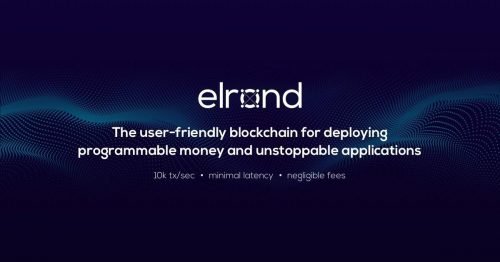Elrond. Transaction volume.
Transaction volume
With a higher relevance compared to the others, the last item on the list represents the transaction processing performance. In order to correctly measure the impact of this criteria, this must be analyzed considering the following two standpoints: • C1 transaction throughput - how many transactions a system can process per time unit, known as TPS, an output of a system; • C2 transaction finality - how fast one particular transaction is processed, referring to the interval between its launch and its finalization - an input to output path.
C1. Transaction throughput in single chain architectures is very low and can be increased by using workarounds such as sidechain [52]. In a sharded architecture like ours, the transaction throughput is influenced by the number of shards, the computing capabilities of the validators/block proposers and the messaging infrastructure [8]. In general, as displayed in Fig. 13, this goes well to the public, but despite the importance of the metric, it provides only a fragmented view.
C2. T ransaction finality - A more delicate aspect that emphasizes that even if the system may have a throughput of 1000 TPS, it may take a while to process a particular transaction. Beside the computing capabilities of the validators/block proposers and the messaging infrastructure, the transaction finality is mainly affected by the dispatching algorithm (when the decision is made) and the routing protocol (where should the transaction be executed). Most of the existing state of the art architectures refuse to mention this aspect but from a user standpoint this is extremely important. Total time required to execute a certain transaction from start to end is considered.
XIII Conclusion 1
Performance
Performance tests reflect the efficiency of the solution as a highly scalable distributed ledger. As more and more nodes join the network our sharding approach shows a linearly increasing throughput. The chosen consensus model involves multiple communication rounds, thus the result is highly influenced by the network quality (speed, latency, availability). Simulations using our testnet using worldwide network speed averages, at its maximum theoretical limit, suggest Elrond exceeds the average VISA level with just 2 shards, and approaches peak VISA level with 16 shards.